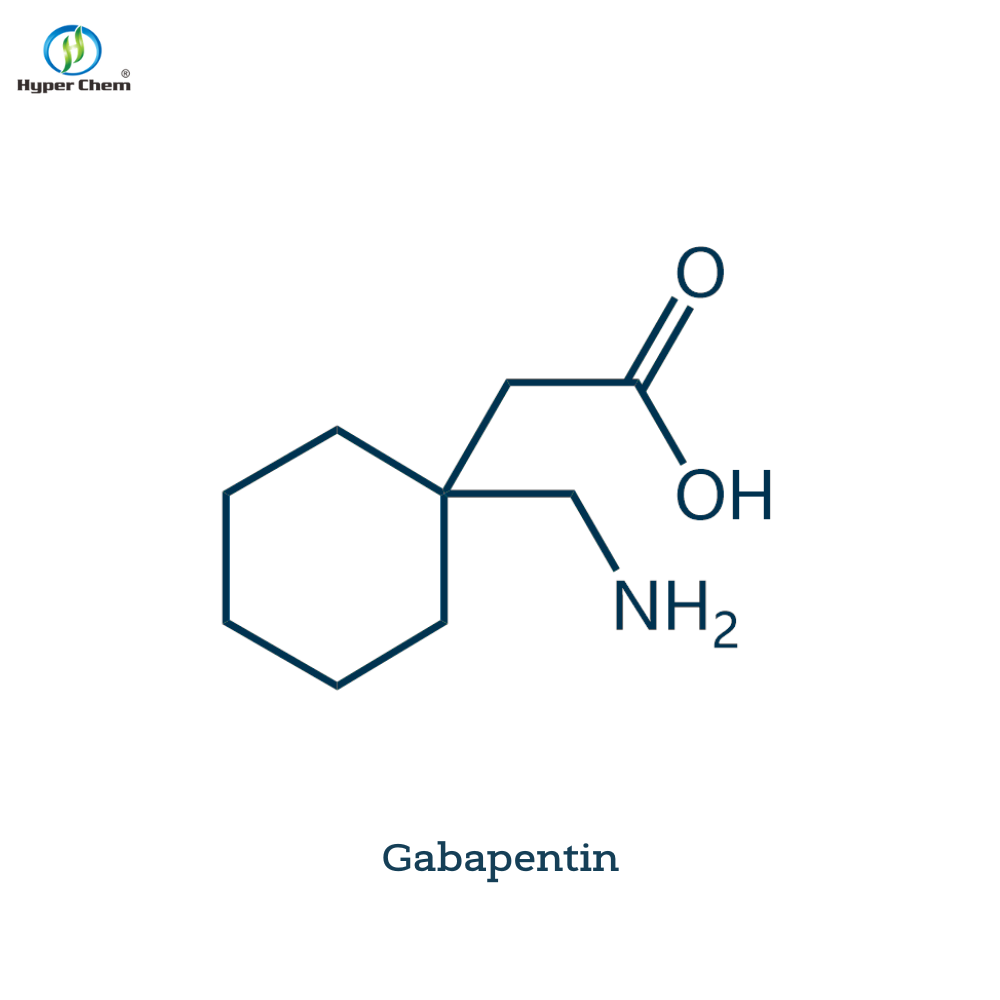JCI: new target is helpful for the treatment of diabetic eye complications
-
Last Update: 2019-12-02
-
Source: Internet
-
Author: User
Search more information of high quality chemicals, good prices and reliable suppliers, visit
www.echemi.com
December 3, 2019 / BIOON / -- recently, scientists from Johns Hopkins University School of medicine discovered a new way that may lead to the degradation of photoreceptor tissue behind the eyes in a new study The findings will help scientists further develop new drugs for the treatment of diabetic complications of visual impairment The Johns Hopkins team focused on diabetic macular edema, a common complication of diabetes, which occurs when blood vessels in the eye leak their fluid into the retina, which controls detailed vision The current treatment for the disease is by blocking the protein VEGF, which causes abnormal vascular growth However, because this treatment is not sufficient for more than half of diabetic macular edema patients, researchers have long suspected that more factors will lead to vision loss in these patients (image source: www Pixabay Com) in this new study, Johns Hopkins University researchers said they found convincing evidence that angiopoietin like 4 plays a role in macular edema As we all know, the signal protein is a kind of vascular growth factor, which plays a role in heart disease, cancer and metabolic diseases, and diabetes is one of them The results were recently published in the Journal of clinical inversion In this new study, Dr Sodhi and his team found that angiopoietin-4 was independent of and synergistic with VEGF activity, and they found a potential way to block it The researchers exposed human vascular tissue cells grown in the laboratory to low levels of VEGF and angiopoietin like 4 They were surprised to find that the combination of low VEGF and low angiopoietin like 4 had a synergistic effect on the permeability of vascular cells and doubled the leakage of retinal vessels in mice "This tells us that the threshold level of both molecules can reach the sub threshold level, and neither molecule is enough to do anything, but the combined use will have a huge effect," Sodhi said However, similar experiments have shown that angiopoietin like 4 can also increase angiogenesis independently of VEGF "This may explain why some patients continue to have vision loss despite the current anti VEGF therapy," Sodhi said To test this, the team studied whether the angiopoietin like 4 protein binds to a VEGF receptor in laboratory grown human vascular cells They found that angiopoietin like protein 4 did not bind to the classical VEGF receptor, but interacted with another less studied protein, neuromaoprotein Using the newly identified receptors, the researchers next attempted to investigate whether a laboratory grown receptor could block angiopoietin like 4 before interacting with vascular cells To this end, they injected soluble segments of neuropilin receptor into the eyeball of diabetic mice Similar to untreated mice, the vascular leakage of treated diabetic mice was partially improved In order to further explore the potential value of this new receptor-based therapy for human patients, human vascular cells were cultured in the laboratory from liquid samples collected from eyes of diabetic macular edema patients and exposed to soluble receptor neuropilin Compared with untreated cells, the number of diabetic macular edema cells treated with the receptor was significantly reduced, the researchers said "It gives us confidence that this approach can also be applied to the human eye," Sodhi said Next, the researchers wanted to understand the molecular interaction between angiopoietin like 4 and neurohair protein receptor Sources of information: helper protein worthens diabetic eye disease original sources: Akrit Sodhi, Tao Ma, deep Menon, Monika Deshpande, Kathleen Jee, aumreetam dinabandhu, Jordan Vancel, Daoyuan Lu, Silvia Montaner Angiopoietin like 4 bindings neurons and cooperates with VEGF to induce diabetic mechanical edema Journal of clinical investigation, 2019; 129 (11): 4593 DOI: 10.1172/JCI120879
This article is an English version of an article which is originally in the Chinese language on echemi.com and is provided for information purposes only.
This website makes no representation or warranty of any kind, either expressed or implied, as to the accuracy, completeness ownership or reliability of
the article or any translations thereof. If you have any concerns or complaints relating to the article, please send an email, providing a detailed
description of the concern or complaint, to
service@echemi.com. A staff member will contact you within 5 working days. Once verified, infringing content
will be removed immediately.







